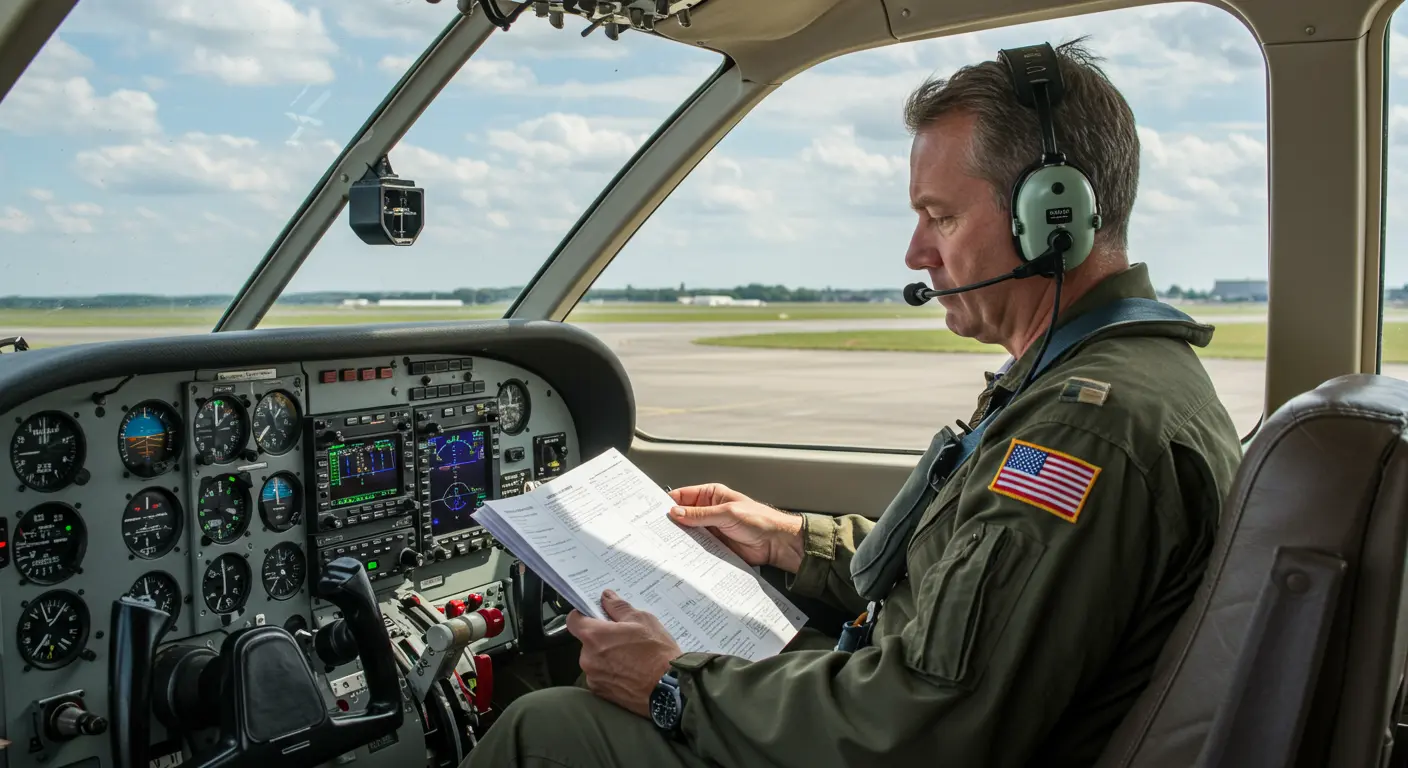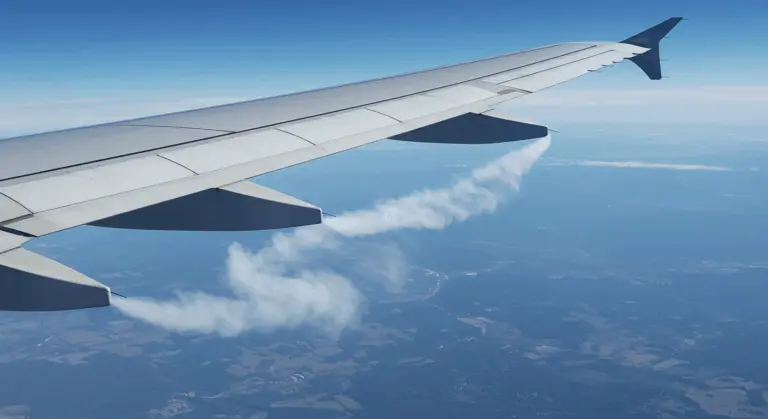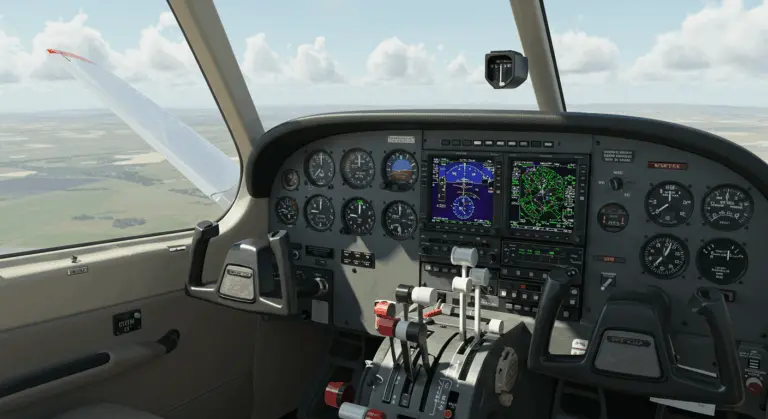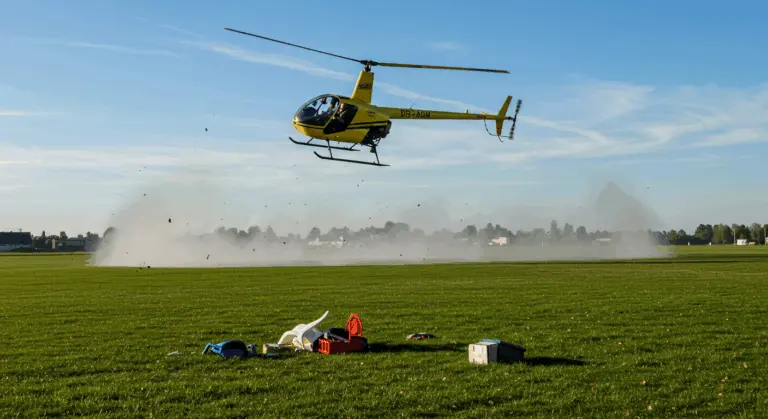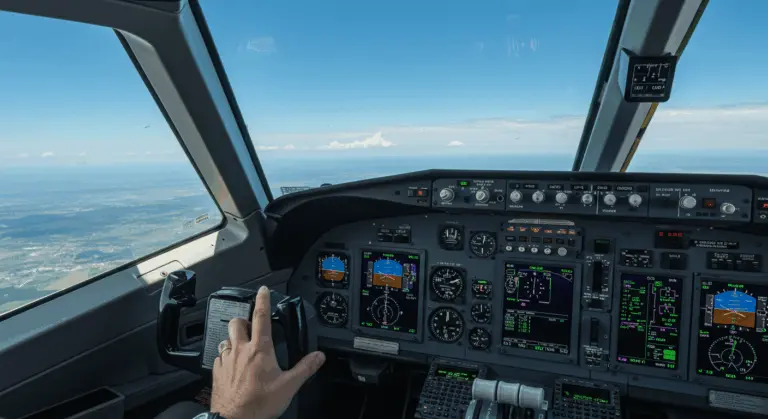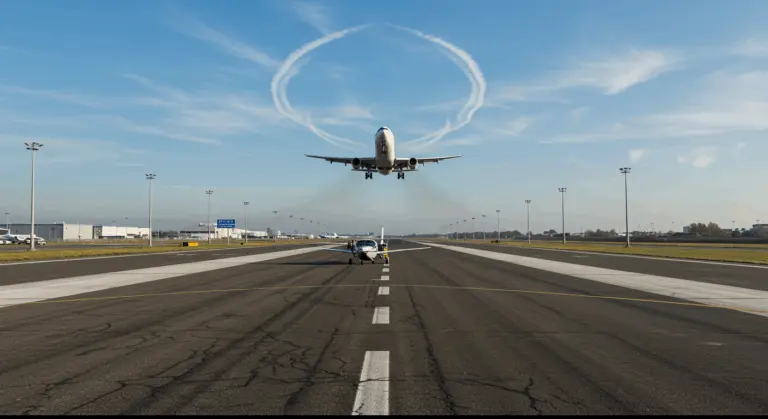Maneuvering Speed Formula – Understanding VA in Aviation
What is Maneuvering Speed (VA)?
Maneuvering speed (VA) represents the maximum velocity at which pilots can apply full, abrupt control inputs without compromising structural integrity. At speeds below VA, aircraft will stall before their structural g-load limits are exceeded—providing a safety margin between normal operations and structural damage.
You won’t find this V-speed marked on your airspeed indicator, and there’s a crucial reason why: it varies with aircraft weight. The published VA applies exclusively to maximum gross weight, making weight-based calculations an important part of flight planning.
The Simple Explanation of VA
Calculating Maneuvering Speed – The Formula
The formula for calculating VA at maximum gross weight is straightforward:
The calculation requires two values: the aircraft’s limit load factor (maximum certified g-force) and maximum certified weight—both found in your Pilot’s Operating Handbook.
Consider this practical example: an aircraft with a maximum certified weight of 3,600 pounds and a limit load factor of 3.8g produces this result:
VA = √(3.8 × 3,600) = √13,680 ≈ 117 knots
When operating below maximum gross weight, you need to adjust VA using this formula:
VA₂ = VA₁ × √(W₂/W₁)
Here, VA₁ represents maneuvering speed at maximum gross weight (W₁), while VA₂ becomes the adjusted maneuvering speed at current weight (W₂). This matters because lighter aircraft reach their structural limits at lower speeds than you might expect.
Adjusting VA for Aircraft Weight Changes
For example: an aircraft has a VA of 120 knots at its maximum weight of 3,600 pounds, but currently operates at 3,000 pounds. The adjusted VA becomes:
VA₂ = 120 × √(3,000/3,600) = 120 × √0.833 = 120 × 0.913 ≈ 110 knots
This 10-knot difference shows why weight adjustments are important. Some manufacturers provide VA tables across various weights in the POH—saving you from doing the math yourself—but understanding the formula is still important.
Implications of Exceeding Maneuvering Speed
Flying faster than VA removes the aircraft’s stall protection and creates serious risks. At these elevated speeds, sudden control inputs can generate forces that exceed what the aircraft was designed to handle—remember, forces on control surfaces escalate exponentially with velocity.
Exceeding structural limits above VA can cause rapid and severe damage:
-
Component Damage: From minor skin buckling to catastrophic wing or control surface separation.
-
Loss of Control: Failures can occur without warning, resulting in a complete loss of aircraft control.
-
Secondary System Damage: The extreme g-loads can damage other critical aircraft systems, compounding the emergency.
Important to remember: VA calculations assume smooth air and isolated control inputs. Smart pilots should slow down well below VA when encountering turbulence or anticipating multiple control movements.
VA and Stall Speed Relationship
A fundamental mathematical relationship binds maneuvering speed (VA) to stall speed (VS) and the aircraft’s limit load factor (n):
VA = VS × √n
In this formula, VS is the stall speed and n is the limit load factor.
Understanding Design and Maximum Operating Maneuvering Speed
Modern aviation distinguishes between two critical maneuvering speeds—Design Maneuvering Speed (VA) and Maximum Operating Maneuvering Speed (VO)—each serving protective roles with distinct safety philosophies.
-
Design Maneuvering Speed (VA): The traditional maneuvering speed. It is the speed below which a single, full control input in smooth air will cause the aircraft to stall before exceeding its structural limits.
-
Maximum Operating Maneuvering Speed (VO): A more recent and conservative speed introduced for light aircraft certification in 1993. It accounts for the risk of multiple or sequential control inputs, which can cause structural failure even below VA.
Contemporary aircraft often specify both speeds, with VO representing the more conservative threshold. Always check your POH and remember: neither speed offers absolute protection against multiple control inputs or turbulent conditions.
Using the VG Diagram for Maneuvering Speed
The VG (Velocity vs. G-load) diagram serves as a visual roadmap of an aircraft’s flight envelope. Maneuvering speed (VA) emerges precisely where the positive limit load factor line intersects the maximum lift capability curve—a critical junction that defines operational boundaries.
This point represents a key balance in aircraft design: the speed where lift-generating capacity meets structural g-load limits. Below VA, your aircraft stalls before breaking. Above it? The aircraft can fracture before stalling—something every pilot needs to understand.
The VG diagram also shows other important speed limits—never-exceed speed (VNE) and design cruise speed (VC)—giving you a complete picture of the aircraft’s performance limits.
Keep in mind: VG diagrams reflect maximum gross weight conditions. As aircraft weight decreases, the entire envelope contracts proportionally, reducing VA as well.
The diagram clearly shows why even modest g-loads from turbulence can exceed structural limits at high speeds. This makes the diagram a valuable tool for understanding flight safety concepts.

